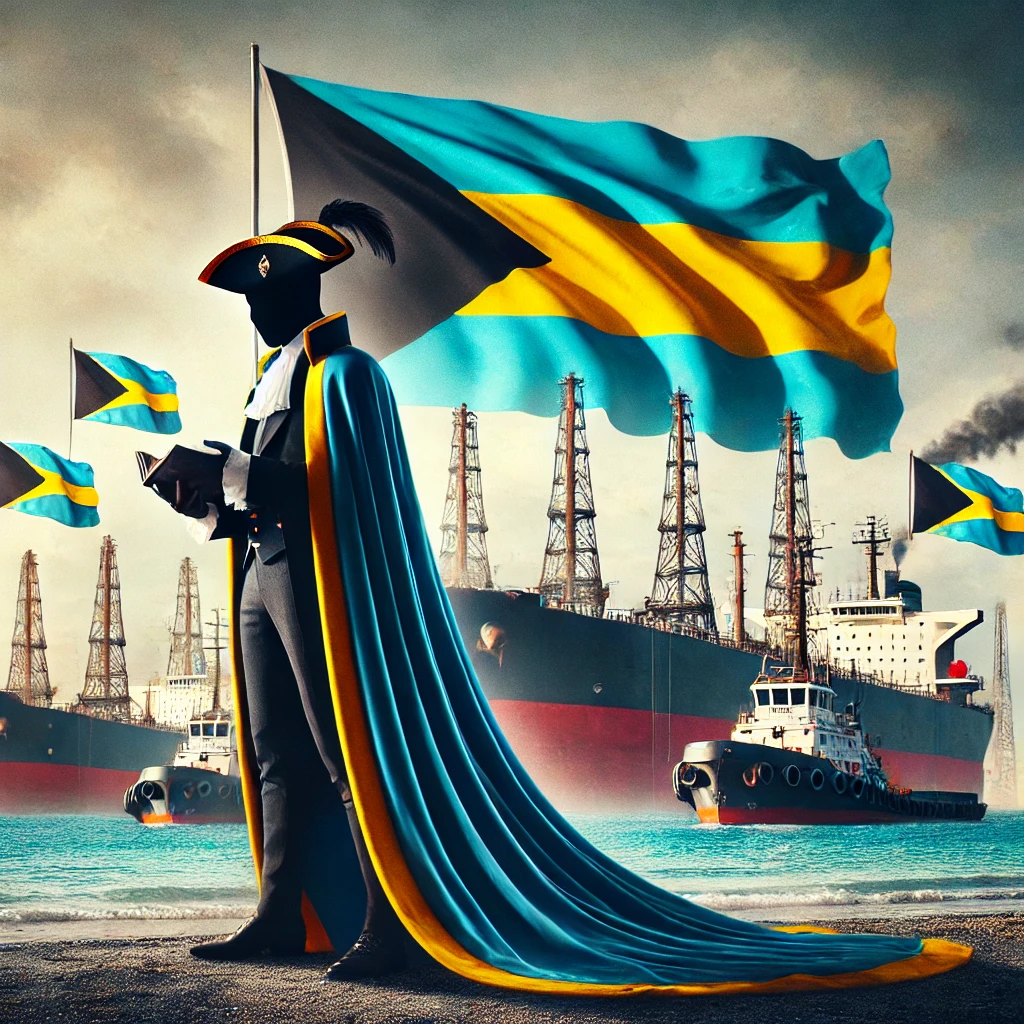Introduction
The first visit to Guyana by an Indian Prime Minister since 1968 played out well for Narendra Modi back home. The twin objectives of the three-day visit were the CARICOM-India Summit and bilateral talks with Guyana, exchanges between the world’s most populous country and part of the Indian subcontinent and a tiny region of fifteen member countries and five associates. While both talks were held in Guyana, the Guyana and Indian press were all about the relationship with Guyana, with a significant share of its population tracing its origin to India. No wonder Modi described feeling “a spiritual bond” during his stay in Guyana.
For its part, Guyana outdid its reputation for hospitality. For the entire visit, the country was all about the Prime Minister, who was equally generous about his hosts, describing Guyana as boasting one of the most vibrant democracies in the Caribbean region. The carefully choreographed visit saw Modi receive Guyana’s Order of Excellence amid enthusiastic diaspora celebrations and declarations of spiritual connection. Yet, beneath the near euphoric embrace of cultural affinity and shared historical bonds lay more nuanced and transactional calculations from both countries.
Rhetoric v Reality
It is not entirely clear that Modi’s lofty rhetoric reflected the political realities in the two countries. Neither did the cultural symbolism and forward-looking plans, which mask the complex interplay between diplomatic aspiration and strategic reality of both countries. For example, his emphasis on democratic values, repeatedly calling India “the mother of democracy,” and his praise of the vibrancy of Guyana’s democratic credentials seem excessive. India’s documented democratic backsliding under Modi – including
Freedom House’s downgrade to “Partly Free” status and that country’s rating by the V-Dem Institute as an “electoral autocracy” classification.
For its part, Guyana has lost its parliamentary vigour; inclusionary democracy has given way to a winner-takes-all culture in which critical constitutional provisions are treated with half-measures and where accountability and transparency are superficial. During the visit, the absence of scheduled meetings with Guyana’s parliamentary opposition further underscored this democratic deficit, reflecting a pattern of limited opposition engagement that characterises both nations’ current political landscapes. The visit’s concrete outcomes, particularly regarding energy, revealed Guyana’s transactional approach even when dealing with a critical friend and ally. The delegation of responses about potential oil sales to Natural Resources Minister Vickram Bharrat, who offered the opaque statement that “we will make a decision at some point in time,” along with Vice President Jagdeo’s denial that Guyana’s sale of crude has been discussed is factually incorrect. This matter was raised with Vickram Bharrat when he visited India very early this year. This uninspiring response about lifts was particularly striking given that a simple deferral of one cargo lift could have facilitated a deal, suggesting a more selfish transactional approach by Guyana.
Omissions
A business column must also note the absence of tangible action to advance discussions on fundamental economic frameworks – specifically a Bilateral Investment Treaty (BIT) and a Double Taxation Agreement. These omissions are significant given India’s interest in acquiring stakes in Guyana’s oil exploration blocks and Modi’s rhetoric about comprehensive partnership. Without these basic treaties, which provide legal certainty and protection for cross-border investments and clear tax frameworks, substantial Indian investment in Guyana’s oil sector remains complicated. Despite months of preparation for the visit, the absence of progress on these fundamental agreements suggests a lack of detailed pre-visit negotiations or more fundamental hesitations about deepening economic ties.
The public reports did not mention any substantive dialogue about Guyana potentially joining BRICS+ despite India being a vital member of this expanding economic bloc. This omission, coupled with the lack of progress on basic economic frameworks, suggests that both countries carefully calibrate their relationship within broader geopolitical contexts. For Guyana, balancing its emerging role as a major oil producer with existing Western and Chinese partnerships and its regional obligations requires careful diplomatic navigation. The visit also overlooked Guyana’s historical significance in the Non-Aligned Movement, a curious omission given both countries’ shared heritage in this forum and current discussions about Global South solidarity. This silence probably served a mutual and uncomfortable truth – in the case of India, the role in that Movement of the Congress Party of India, regarded by Modi as a significant opponent, and in the case of Guyana, the outstanding role of Forbes Burnham as Prime Minister of Guyana and leader of the opposition in Guyana, regarded by the PPP/C in highly unflattering terms.
The preferred route
Both sides might also have had their strategic interests to consider. For Guyana, Venezuela’s territorial claims to Guyana’s oil-rich Essequibo region cast a long shadow over any major oil sector decisions. Modi’s silence on this controversy, while diplomatically expedient given India’s interests in Venezuela, highlighted the intricate calculations involved. The Ali Administration, having benefitted from the USA’s role in resolving the 2020 elections impasse, has strengthened its economic and security ties with that country, and may also be hoping that Presidentelect Donald Trump will help to usher in a less antagonistic and bellicose government in that country.
Instead, the two leaders stuck to safe diplomatic territory, such as cultural connections, and the strengthening of cooperation with promises in sectors like healthcare, education and agriculture, although significantly not sugar. Any discussion would have invoked the Chinese elephant in the room and possibly the recognition that sugar may soon cross the precipice of survivability.
Conclusion
Several factors suggest genuine and increasing opportunities for deeper engagement in a potentially mutually beneficial relationship. India’s position as the world’s third-largest oil consumer and Guyana’s interest in exploiting its petroleum possibilities as quickly as possible. The reelection of Donald Trump as US President will change – for the better or worse – all international equations, particularly in the Middle East and Ukraine. The implications for Guyana can be significant, and it clearly does not consider that it is in its interest to strike deals that might not please Trump.
In natural and tangible ways, the visit resulted in net gains for Guyana, while the big prize of an oil deal sought by India was denied. When a diplomat as astute as the Indian Foreign Minister says India is not disappointed, you can be sure they are. If there is some irony, Guyana has a much faster growth rate than India, and its per capita GDP is several times that of India.
Modi would have gained from at least three sources. The publicity back home was all positive; Guyana was reminded that China is not the only Asian powerhouse with which it can do business, and personally for Modi, enhancement of his international standing was a badly needed tonic after his June election setback where his party lost its parliamentary majority.
Chris Ram











